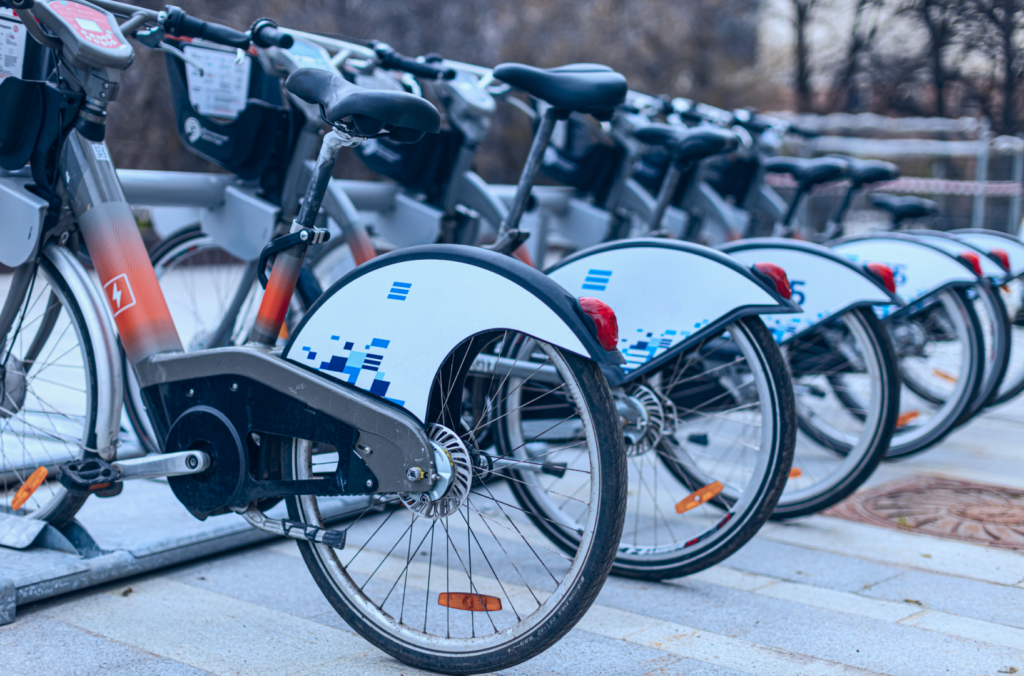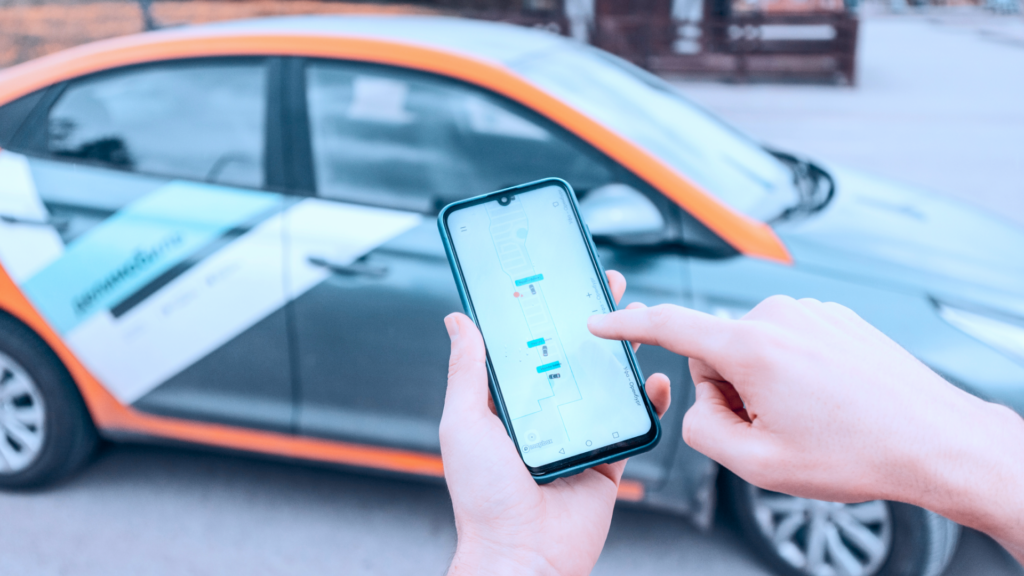An Untapped Solution for a Sustainable Future
Demystifying Non-Asset Mobility
In an era of growing environmental consciousness, corporations and institutions increasingly embrace sustainable practices to minimise their impact on the planet. As a significant contributor to climate change, transportation emissions pose a pressing challenge that businesses must address. In recent years, non-asset mobility has emerged as a promising solution, leveraging technology to streamline sustainable travel options.
Non-asset mobility is the ability of people or goods to move around without owning the physical assets that enable their movement. This includes things like public transportation, ride-sharing services, and car-sharing programs.

The Urgency of Non-Asset Mobility
Several compelling factors drive the need for immediate action towards non-asset mobility:
- The Escalating Climate Crisis: The planet faces a rapidly intensifying climate crisis, demanding urgent measures to reduce greenhouse gas emissions (GHG) and mitigate the effects of climate change.
- Stricter Environmental Regulations: Governments worldwide are implementing stricter environmental regulations, requiring corporations and institutions to reduce their carbon footprint.
- Rising Employee Expectations: Employees are increasingly prioritising companies with a strong commitment to sustainability and environmental responsibility.
- The changes in car ownership preferences: Millenials and Generation Z, as dominant generations of today’s workforce, are slowly shifting from car ownership to a car usership model. One factor is that millennials are more likely to live in urban areas, where they have access to public transportation and other alternative transportation options. Additionally, millennials are more environmentally conscious than previous generations and are more likely to choose to walk, bike, or take public transportation in order to reduce their carbon footprint. Gen Z has grown up with even more access to alternative transportation options than millennials. Additionally, Gen Z is more likely to be concerned about the cost of car ownership and is more likely to prioritise experiences over material possessions.
- Advancements in Technology: Technology has played a pivotal role in enabling non-asset mobility providing innovative solutions for shared transportation and trip planning.
Why Embark on a Non-Asset Mobility Journey Now?
The time to embrace non-asset mobility is now. Delaying action will only exacerbate the climate crisis and hinder compliance with evolving environmental regulations. By setting off on a non-asset mobility journey now, organisations can reap several immediate and long-term benefits:
- Reduced GHG Emissions: Non-asset mobility significantly lowers transportation-related emissions, contributing to corporate sustainability goals and compliance with environmental regulations.
- Improved Air Quality: By minimising the number of vehicles on the road, non-asset mobility improves air quality, reducing respiratory illnesses and promoting overall health.
- Traffic Congestion Mitigation: Shared transportation eases traffic congestion, saving time and improving overall commute efficiency.
- Strengthened Company Reputation: A commitment to non-asset mobility demonstrates a company’s environmental responsibility, attracting eco-conscious consumers and investors.
The Role of Technology in Facilitating Non-Asset Mobility
Technology plays a crucial role in enabling non-asset mobility. Mobile apps provide a seamless platform for employees to access and utilise shared transportation options. These apps offer a plethora of features, including:

- Real-time carpool matching: Employees can find and join carpools with colleagues based on their commuting routes and schedules.
- Public transportation trip planning: Employees can plan their public transportation journeys, including real-time route information and fare details.
- Walking and cycling navigation: Employees receive guidance on safe and efficient walking and cycling routes, including traffic and pedestrian infrastructure information.
- Integration with ride-hailing and bike-sharing services: Employees can access and book rides or bikes through the app, streamlining their commute.
Non-Asset Mobility Beyond Commuting
The benefits of non-asset mobility extend beyond commuting, encompassing a wider range of corporate and institutional activities:
- Business Travel: Companies can encourage employees to utilise shared transportation options for business travel, reducing their carbon footprint.
- Event Logistics: Organisers can promote non-asset mobility options for event attendees, minimising the environmental impact of gatherings.
- Supply Chain Optimization: Companies can incorporate non-asset mobility solutions into their supply chains, reducing logistics-related emissions.
Complying with European Sustainability Regulations
European countries are leading the way in implementing stringent sustainability regulations, mandating emission reductions and promoting eco-friendly practices. Non-asset mobility plays a vital role in enabling organisations to comply with these regulations:
- The EU’s Fit for 55 Package: This comprehensive plan aims to reduce EU-wide emissions by 55% by 2030. Non-asset mobility is recognised as a key strategy for achieving these targets.
- The UK’s Net Zero Strategy: The UK has committed to achieving net zero carbon emissions by 2050. Non-asset mobility is a key component of this strategy, particularly in urban areas.
- Germany’s Climate Protection Act: Germany has set ambitious emission reduction targets, with non-asset mobility being a central element of its strategy.
In the face of an escalating climate crisis and stricter environmental regulations, non-asset mobility emerges as an indispensable solution for corporations and institutions seeking to reduce their GHG emissions and promote sustainable practices. By embracing non-asset mobility now, organisations can reap immediate and long-term benefits, from improved air quality and reduced traffic.
To see how much non-asset mobility can contribute to your company’s emission targets, visit KINTO Join’s commuting calculator. Based on your employees’ chosen commuting method, it will generate a report on how much carbon emissions you can save if you implement sustainable means of transportation to work. Besides the numbers, you will also find out how to implement a successful corporate commuting strategy and what other benefits come from being environmentally aware, in the fullest sense.
